- Fashioned
- Posts
- The Art of the Direct-to-Consumer Deal
The Art of the Direct-to-Consumer Deal
TikTok tariffs videos show how badly people are dying to outsmart the system. It's not focused on subverting the right system.
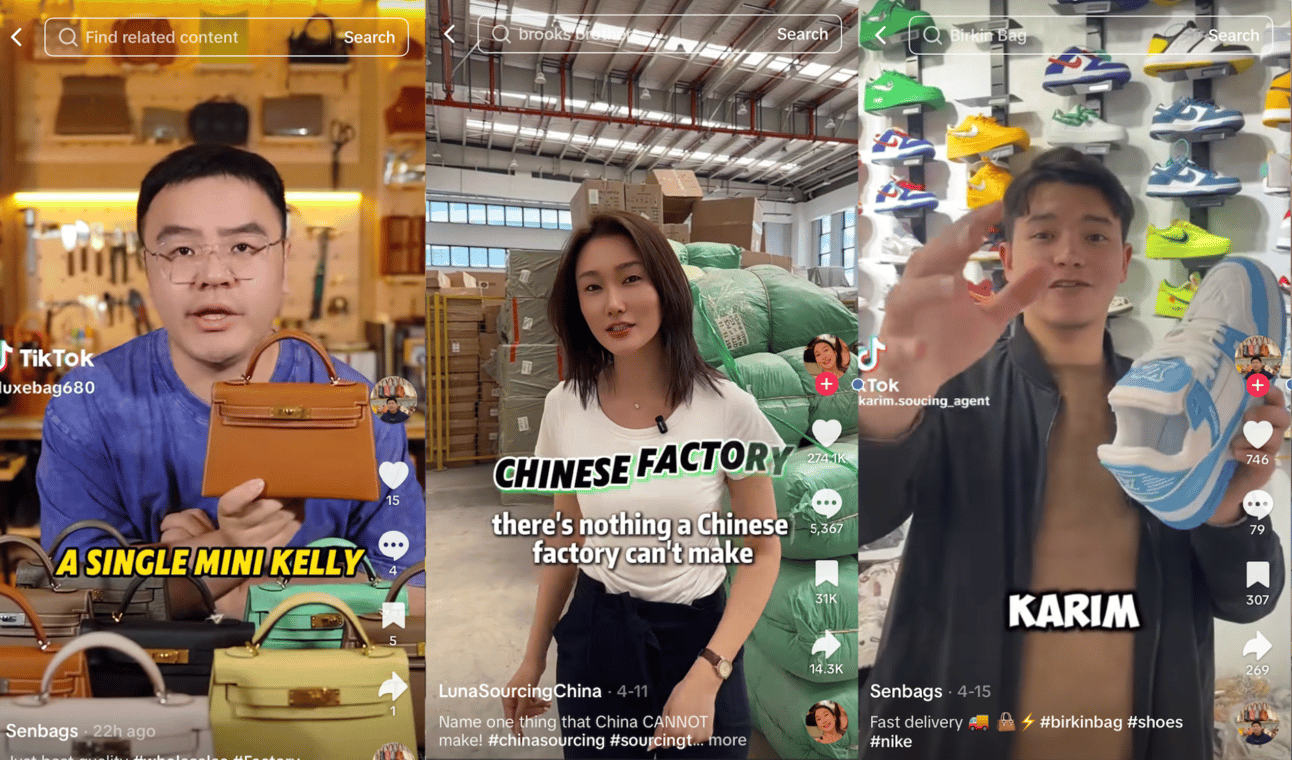
There are two blocks along Canal Street in New York that never fail to fill me with a sense of puerile superiority. Emerging out of the J/M train station exits in Chinatown is to land face-to-face with an array of African vendors hawking fake designer bags. They spread them out over thin sheets of fabric on the sidewalk, and the products are bad. Not in the sense that intellectual-property-theft-is-bad (though it is) but in a that-doesn’t-even-pass-for-a-good-fake-bag kind of bad.
These vendors never try to solicit my business. I assume it’s because they see my face and think, “This Chinese girl will see right through the low quality of our dupes.” I already know what my answer would be if they waved a misprinted interlocking GG logo in my face. “Buy that?” I would lightly scoff, “I can make that for twice the quality at a third of the price”. When this scenario plays out in my head, I do not even break my stride.
It’s not because I am above fakes. Triple A dupes? I got a guy. The disdain stems from my strong self image as a “discerning” and “educated” consumer—for which I do have some cred. There’s my two decades of living in Hong Kong and Mainland China aka the world’s manufacturing floor, a decade-plus career covering the consumer sector, which saw me faithfully tromp around some of the world’s largest fashion sourcing fairs like Intertextile and Chic year after year. That and a maximizer personality, which means I dedicate hours of research to the purchase of insignificant items because I cannot bear to be caught with a sub-optimal spatula. To me, shopping is not just shopping, it is sport.
It turns out a lot of people hold themselves in similar high regard. As another round of American tariffs on China locked into place, social lit up with videos from Chinese manufacturers that claimed to supply for various well known international brands. In gleeful conspiratorial tones, they “exposed” the 10 or 15x markups and urged Americans to slide into their DMs. By ordering straight from the source, you could stick it to those greedy brands and get one over the government. Who in our consumerist age could resist such a deal?
More Than the Sum
Should you buy it—these claims or their goods? The short answer is probably not, and/or actually, you can’t.
First, that’s because legitimate suppliers like Pou Chen, Shenzhou International or Eclat Textile, which manufacture for giants like Lululemon or Nike, are large well-run corporations that are under strict contract to their clients. They are not going to risk an 8-figure account to sell tiny quantities to individual consumers. They actually don’t work with individual customers, period.
The pricing claims on some of these videos are plausible but for large volumes. The leggings that may be the same or similar fabric as Lululemon are $5 a pair if you are ordering 5,000 of them. Some videos accurately name suppliers but that doesn’t actually help casual TikTok shoppers. Supplier identities can always be cross-checked with US customs data (for a fee). But even if an OEM was willing to send you a few items, it would get taxed without the de minimis exception.
Second, a supplier could mean many things. Just because a company supplies shoelaces, for example, to Nike does not mean you would want to buy their other products. You buy Nike because of the proprietary foam sole or other design tech, not because of run-of-the-mill laces. The more proprietary components are going to be made in a factory that is subject to more oversight. The shoelaces could potentially be outsourced by an authorized Nike partner to another sub-supplier. Technically, that shoelace company could get on TikTok and claim themselves as a Nike supplier and on the side create their own copy of a Nike shoe, fudging the truth.
To sum it up: Some are probably outright lying (like the ones who claim they make Chanel Flaps or Birkins. Those are just higher quality fakes). Some are exaggerating the truth. Some are true but regardless, are still inaccessible.
Made In Myths
Why were people so ready to jump at these too-good-to-be-true D2C deals? There is the obvious indignity of 145% tariffs but it goes deeper than that too.
Two things stand out to me. The first was that Chanel invited WWD this month for an unprecedented look inside their bags factory. Apparently, it was meant to underscore the craftsmanship and justify why their bag prices have climbed to $10,000, rising at a faster pace than the S&P 500. It backfired.
The public, who are used to seeing boutique staff carefully caress the 2.55 were jarred when the WWD video showed a worker (Chanel prefers the euphemism “artisan”) forcefully flipping a half-made purse from its outside in. It looked like someone battling a stubborn cushion cover, not a technique of an artful atelier. Others seem dismayed at the very factory-like line up of machines (because it is a factory) stamping the logo on maroon calfskins. The video quickly vanished from WWD’s feed (but luckily for your viewing was saved by another user and reposted here). WWD instead threw up a photo carousel of the same facility—excuse me, atelier—this time with more flattering images like a worker doing hand-stitching.
Second, there was that report on Louis Vuitton’s messy attempt at an American factory. The brand opened a leather facility outside of Fort Worth during the first Trump administration, promising to create 1,000 jobs. Aside from highlighting the futility of trying to bring fashion manufacturing jobs back to the US (it managed to hire only 300 people because there isn’t enough skilled labor), it unraveled the myth of “savoir faire”.
The report makes for very funny reading: “‘The Texas site, situated on a 250-acre ranch, has struggled due to a lack of skilled leather workers able to produce at the brand’s quality standards, the three former workers told Reuters. ‘It took them years to start making the simple pockets of the Neverfull handbag, one source familiar with operations at the plant said, referring to the classic Louis Vuitton shoulder tote bag.”
Workers were so error-prone that as much as 40% of leather hides were wasted, twice the typical rates, and it consistently ranked as one of the worst performing factories for the brand worldwide. If that is really how the sausage is made, it’s not the widest leap for the consumer to make that Chinese factory folks could be telling the truth.
Also, consider that Americans were mainly introduced to the idea of D2C via Everlane, which is a poor-value, not-very-well-made brand with excellent marketing that does not at all “cut out the middleman”. (It used Li & Fung, the biggest middleman of them all). It still fooled self-styled “aware” customers and many journalists that compile “best-of” shopping lists though. No wonder Americans don’t know what they’re wearing.
Fighting The Right System
There’s some psychological fallacy at play here. The Lake Wobegon effect means we think ourselves savvier than the average shopper, just as everyone rates themselves an above average driver (except for me, I know I am very below average behind the wheel).
A better question is why do we base so much of our identity on performing intentional consumption? If you peel one more layer of the onion back, you’ll realize that it’s because the modern American social contract trades true prosperity for superficial abundance. It’s a precarity that allows the average person to own a lot more stuff than their parents did but the kind of stuff that doesn’t ultimately really matter. Things like massive flat-screen TVs, random gadgets, toys and lots of trendy clothes. These are all orders of magnitude cheaper than it was a six or seven decades ago. But that same US economic policy also ripped away the things that have an outsized impact on people’s true wellbeing—housing, jobs, childcare and healthcare.
Americans can forget they’re forced to rent for life so long as they can fill that rental up with lots of stuff—a simulacrum of upward mobility. These purchases, which double as virtue and status signals, carve out an illusion of control when our political leaders demonstrate the discipline of a tornado.
What we face today is a new conundrum: What happens when consumers can’t afford the big things (even cars are becoming out of reach for many buyers) and the current administration also takes away the fun things? Viva la revolucion? We may soon find out what happens when Nikes, home ownership, and avocado toast are all toast.
What Else Is On My Mind
My unscientific survey of consumer sentiment suggests that people are yo-yoing between: 1) Trying to hoard every last dollar because the economy could tip into a recession any day now 2) Spending every last dollar because what if everything just implodes tomorrow? Personally, I am leaning back on the first decade of my life as a British colonial subject and repeating to myself: “Keep calm and carry on.”
Gold is on a record tear—a classic flight to safety—so of course, gold ATMs are popping up in Chinese cities.
The money dysmorphia is real: “I’m not Kim Kardashian, I’m not Elon Musk, therefore I am broke.” (Also accurately describes the experience of living in New York.)
But in seriousness, I did a deep dive a while back on how profoundly luxury and a worship of wealth has taken root in mainstream culture—and a lot of it boils down to social media. Remember when kids just wanted to wear Hollister and weren’t trying to get the latest Balenciaga? Have you noticed that Bernard Arnault is the only non-tech figure among the planet’s richest? Click through.Eggs are the most subversive thing right now.
Plastic People, a CBC documentary about microplastics. I hate to admit it but my beloved Goretex is one of the worst offenders.
This Scandi startup Scanovus makes a device that allows your shirt to iron itself. Technically, steaming but I’m here for it.
Purple was once for royals but today “to be fashionably superrich…is to be clad in the anodyne colors of baby food, tea cookies or screen savers: latte, oatmeal, cream, butterscotch, café au lait.”
Lady Gaga was in her full theatrical glory at Coachella. How do you imagine that design meeting goes? “Okay, hear me out. What if you did a Mugler-coded dress that was the size of a small building and it contained your dancers?” More moments from the festival, which 60% of goers paid for on a payment plan, over here.
I need to slightly adjust my position on a point I made a few newsletters back. I said that western social media companies were unwilling to shift their model from advertising to e-commerce unlike their Chinese counterparts. But of course, I forgot about Facebook Marketplace. Have we reached Facebook’s final form in….Craigslist? That was a blind spot though because I haven’t used Facebook properly in years and am stuck in password reset purgatory.
This nipple ring, that’s all.
Comments or questions? Drop me a note below. And if you know someone who would enjoy this newsletter or find it useful, go ahead and share it with them.

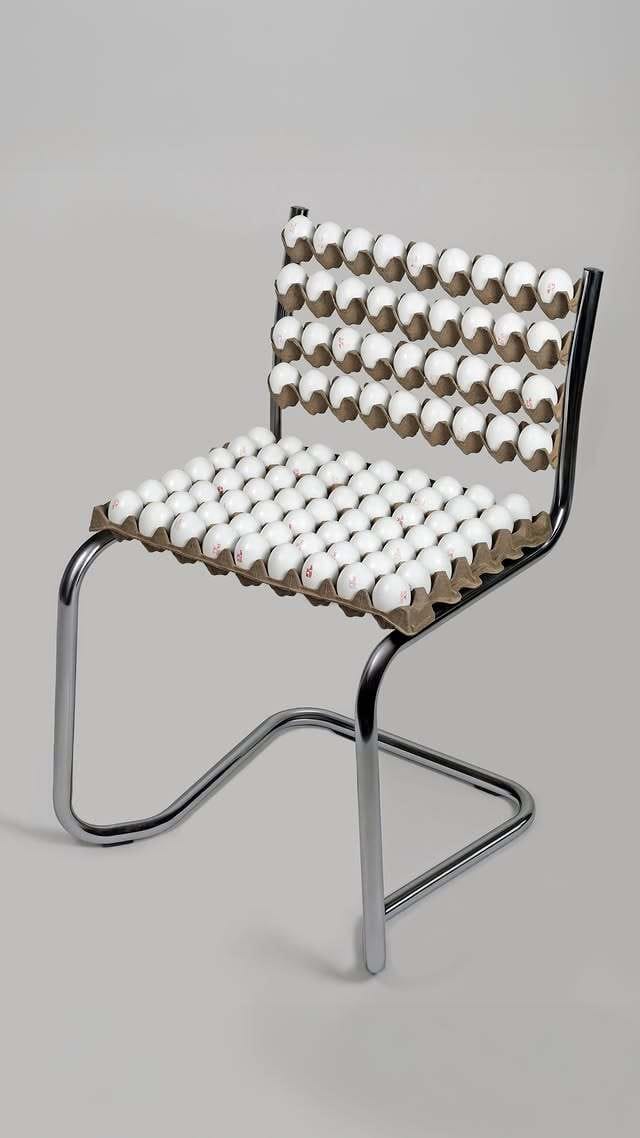


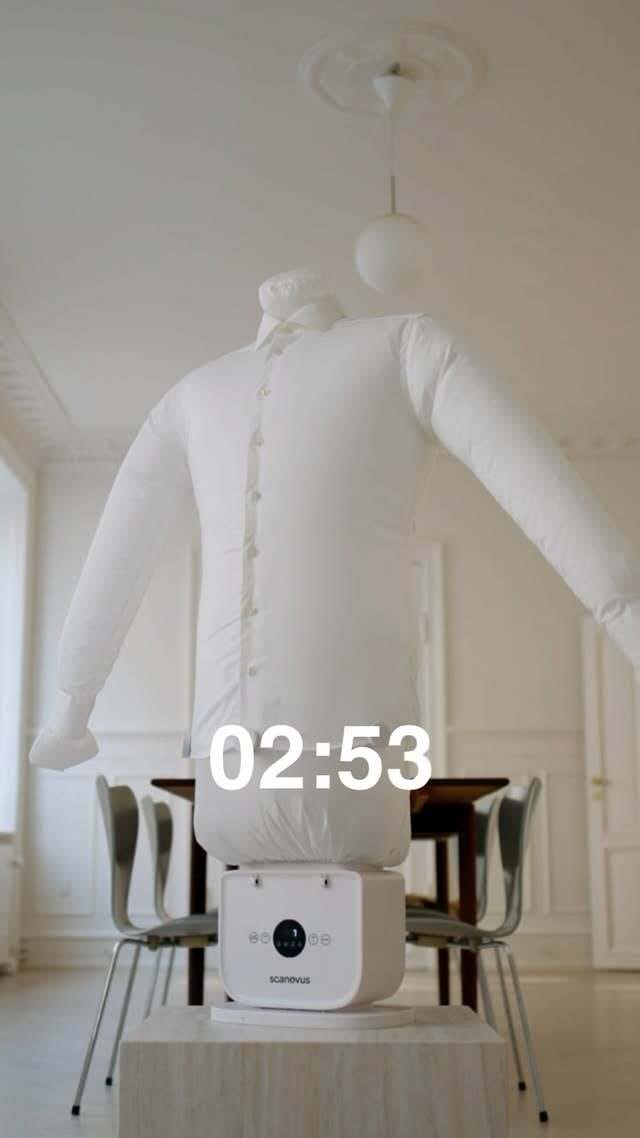

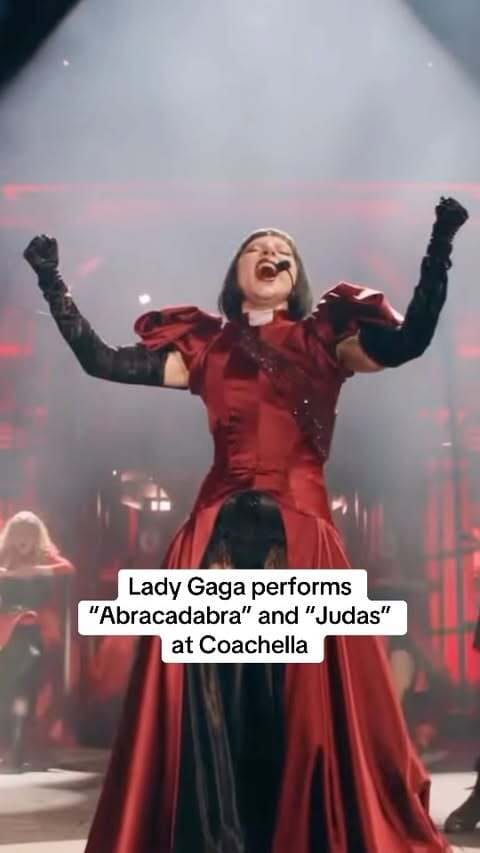

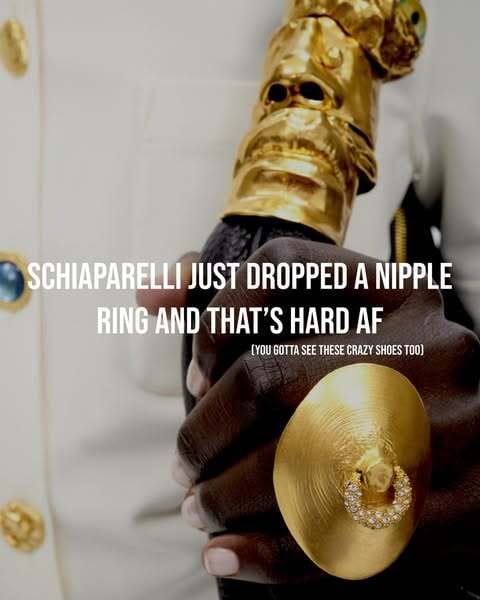
Reply